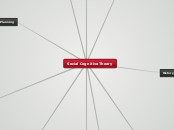a Brendan Narancsik 6 éve
144
Connections for the 21st Century Learner
Integrating technology and social media into education can significantly enhance collaborative learning and discourse among students. By creating class pages on social media platforms, students can engage in discussions and resource sharing with peers from local and global communities.









